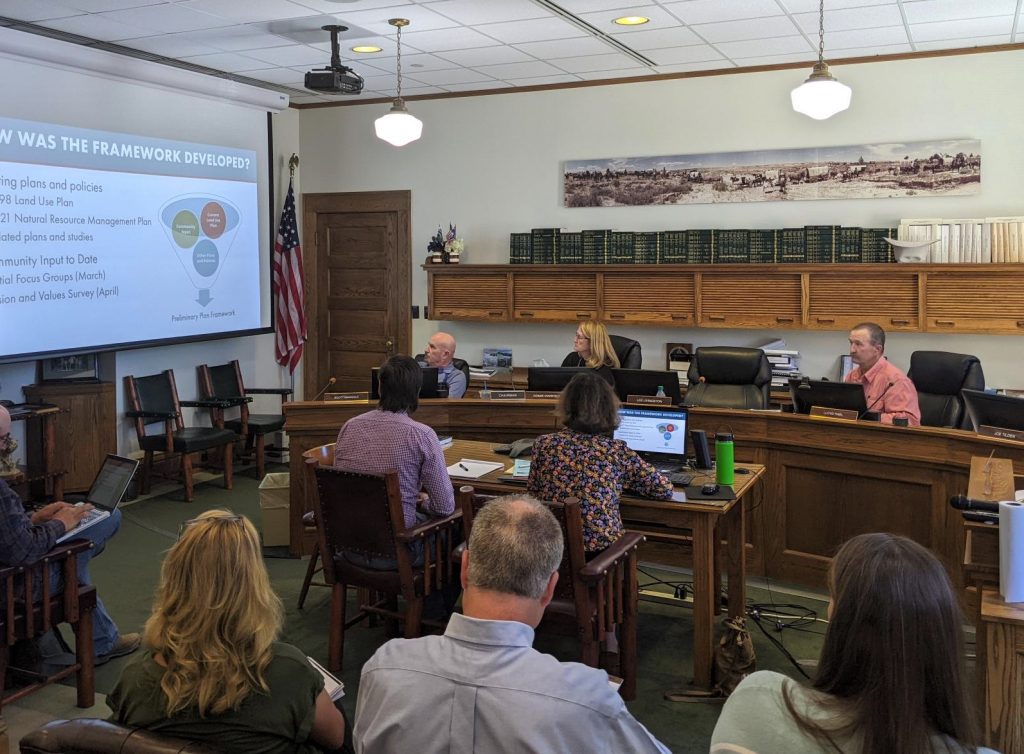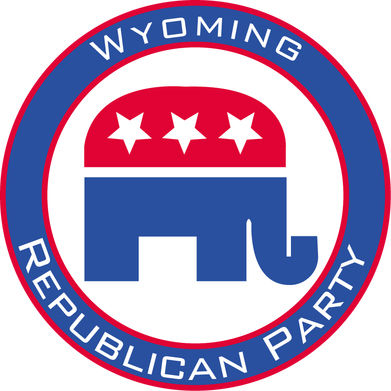EXPLAINER: How platforms dealt with ‘RINO hunting’ video
Written by Associated Press on June 22, 2022
Washington (AP) — When a GOP Missouri U.S. Senate candidate released a video Monday in which he cocked a gun after calling for a hunt of fellow Republicans who he believes are “RINOs,” or Republicans in Name Only, Facebook scraped it off its platform within a few hours.

This image from video from a campaign ad by Eric Greitens for U.S. Senate, shows Greitens, a Republican candidate for U.S. Senate in Missouri, in a campaign video ad that shows him brandishing a long gun and declaring that he’s hunting RINOs, or Republicans In Name Only. The video was scraped off Facebook within a few hours Monday, June 20, 2022. It remains live, however, on YouTube, where it’s been watched thousands of times. You can also still see the video on Twitter, but you can’t retweet it. (Courtesy of Eric Greitens for U.S. Senate via AP)
But it’s still live on YouTube, where it’s been watched thousands of times, and on Twitter, which deliberately left it up after disabling retweets, likes and replies.
It’s a striking example of the different ways various social platforms can treat posts that violate their policies. The result: a post banned on Facebook might stay live on Twitter, depending on who has said what in which context.
That helps explain the varied ways platform responded to an ad calling for a gun hunt of politicians, just as Americans are reeling from a spike in mass shootings and elected officials around the country are grappling with an increase in violent threats.
WHY IS THE VIDEO CONTROVERSIAL?
The fundraising video released Monday across Facebook, Twitter and YouTube by Republican Missouri U.S. Senate candidate Eric Greitens shows him cocking a shotgun after declaring that he’s hunting RINOs.
Greitens, who in 2018 resigned in disgrace after 17 months as Missouri governor, then appears in the video flanked by an armed tactical unit that smashes through the front door of a home.
“Get a RINO hunting permit,” Greitens says in the video. The “permit” Greitens refers to is sent to people who donate to his campaign.

FILE – Former Missouri Gov. Eric Greitens speaks at the Taney County Lincoln Day event at the Chateau on the Lake in Branson, Mo., April 17, 2021. The video of Greitens, a GOP Missouri U.S. Senate candidate cocking a gun after calling for a hunt of fellow Republicans who he believes are “RINOs,” or Republicans In Name Only was scraped off Facebook within a few hours Monday, June 20, 2022. It remains live, however, on YouTube. You can also still see the video on Twitter, but you can’t retweet it. (Nathan Papes/The Springfield News-Leader via AP, File)
Greitens uploaded the video across his social media accounts following a spate of mass shootings across the U.S. that left dozens dead. And it comes on the heels of increased threats against elected officials. On Sunday, Republican Rep. Adam Kinzinger of Illinois, who is serving on the committee investigating the Jan. 6 Capitol insurrection, revealed a letter sent to his home threatened to “execute” him, his wife and his 5-month-old child.
Earlier in June, authorities arrested a man carrying a gun, knife and zip ties near Supreme Court Justice Brett Kavanaugh’s house. Just days before, a gunman killed a retired county judge in Wisconsin.
WHERE WAS THE VIDEO POSTED?
Greitens posted the video on his Twitter, YouTube and Facebook accounts on Monday. Facebook removed the video. YouTube has not, saying it doesn’t violate its policies. Twitter placed a warning over the video and disabled other users from sharing it.
WHY CAN I SEE THIS VIDEO ON SOME PLATFORMS, BUT NOT OTHERS?
The major social media companies are constantly refining their rules and policies. They’ve settled on different approaches to posts that share misinformation or violent threats over the years. A video, meme or statement that might be deleted on Facebook might not violate any rules on Twitter, depending on what it says, who says it and how the company interprets the post in question.
YouTube said in an email Tuesday that Greiten’s video did not violate its policies.
But Twitter covered the video with a warning label, saying it violated the platform’s rules on harassment and intimidation.
Twitter didn’t remove the tweet entirely. That’s because the company developed a policy in 2019 that leaves up rule-breaking posts sent from the accounts of government officials or candidates for office. Twitter’s reasoning behind that policy is that the public should be able to take a look at the view points, thoughts and statements that public leaders send out.
Instead, the company limits the spread of an offending tweet via retweets and comments. Twitter enacted this policy several times while President Donald Trump was in office, first applying a warning label to a 2020 tweet in which he threatened that “shooting” might start in Minneapolis amid ongoing Black Lives Matter protests.
HOW IS FACEBOOK DIFFERENT?
Facebook left that same post from Trump untouched. But it will sometimes delete posts that violate its rules from public leaders, as it did in Greiten’s case Monday.
Back in 2020, the company became more aggressive at deleting posts with misinformation around COVID-19. The platform deleted posts by Trump, for example, that claimed COVID-19 was similar to the flu. Twitter, however, covered a similar tweet with a warning. Facebook also deleted a post from Brazil President Jair Bolsonaro in which he shared a live broadcast on his account falsely claiming that COVID-19 vaccines cause AIDS.

